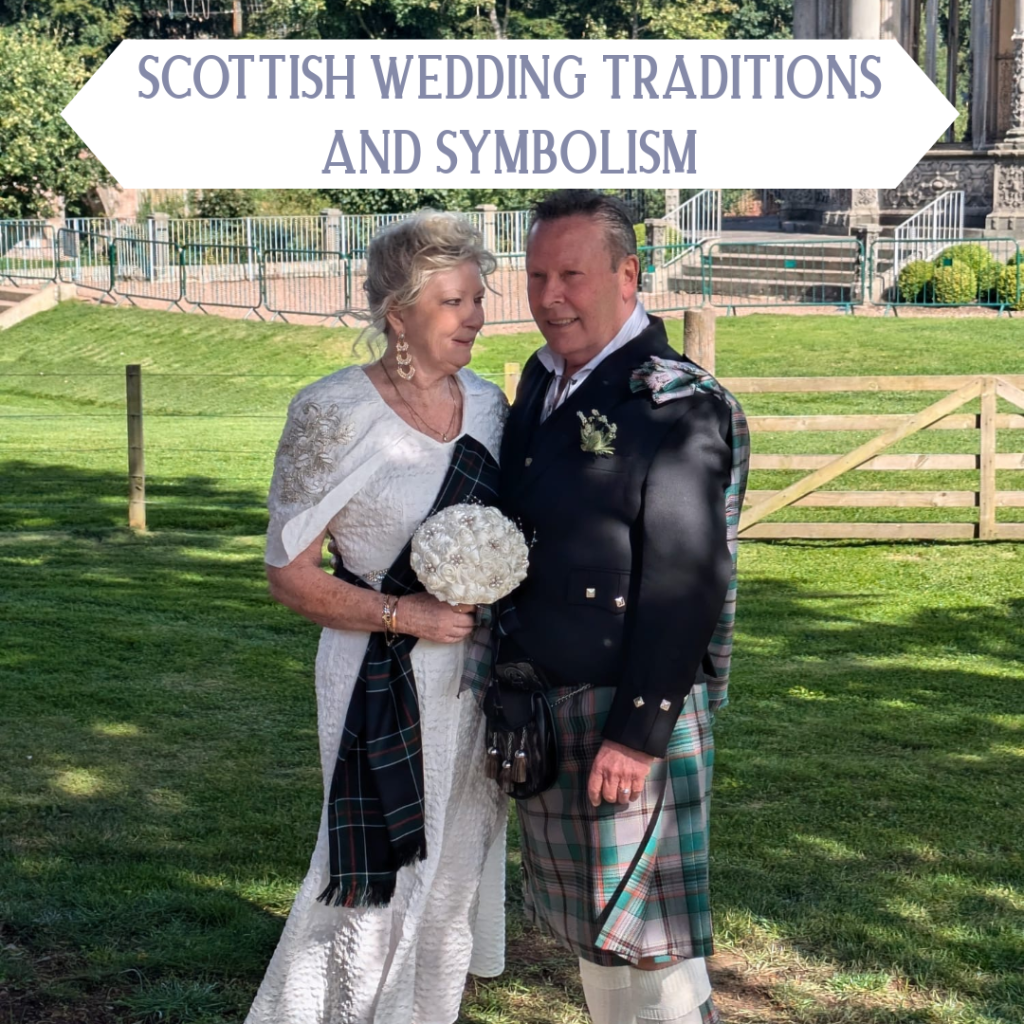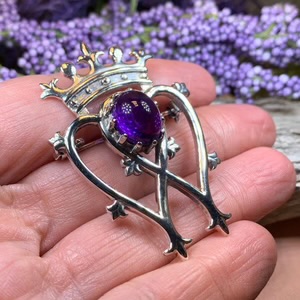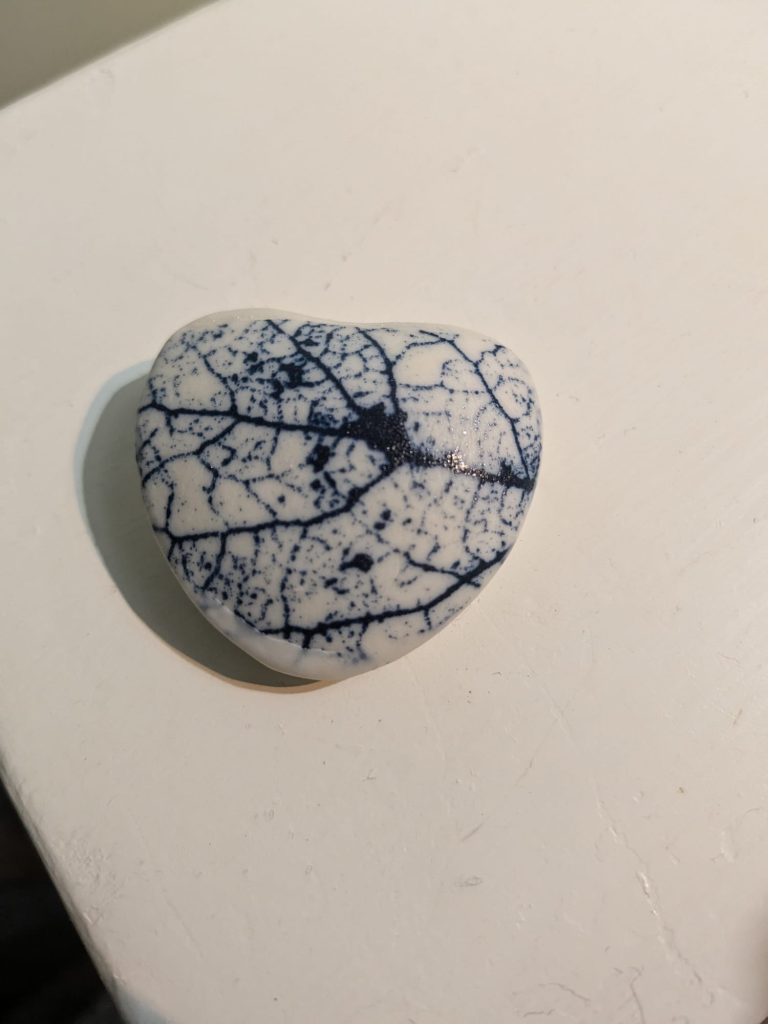Scotland is a land of rich history, breathtaking landscapes, and deeply rooted traditions—especially when it comes to weddings. Scottish wedding customs blend ancient Celtic influences, clan heritage, and modern romance, making them truly unique and memorable. From the symbolic handfasting ceremony to the lively ceilidh dancing, every aspect of a traditional Scottish wedding carries meaning and history.
If you’re planning a Scottish wedding or just love cultural traditions, here’s an in-depth look at the customs that have shaped Scottish weddings over the centuries.
The Luck of the Engagement: Customs Before the Wedding
The Luckenbooth Brooch
One of Scotland’s oldest symbols of love, the Luckenbooth brooch is a heart-shaped silver pin often engraved with a crown or intertwined hearts. Traditionally, a man would gift this to his fiancée as a token of love, much like an engagement ring today. Later, the brooch was pinned to the couple’s first child’s blanket as a symbol of protection.
The Proposal and Foot Washing Tradition
Historically, a groom had to seek the bride’s father’s permission before proposing. In some regions of Scotland, a humorous pre-wedding tradition called the “feet washing” was also common. The bride’s female relatives and friends would wash her feet—symbolizing purity and preparation for marriage. In some cases, a similar custom was performed for the groom, but instead of a gentle wash, his friends would play pranks, like adding soot or treacle to the water!
The Wedding Outfits: Kilts, Plaids, and Gowns
The Groom: The Kilt and Accessories
A traditional Scottish groom wears his family’s tartan kilt, paired with a Prince Charlie jacket or an Argyll jacket, a sporran (a pouch worn around the waist), a sgian-dubh (a small ceremonial knife tucked into his sock), and a kilt pin for good luck. Some grooms also wear a fly plaid, a piece of tartan draped over one shoulder and secured with a brooch, signifying their Scottish heritage.

The Bride: White Gowns with a Scottish Touch
While brides typically wear white dresses, many incorporate their clan’s tartan in creative ways, such as a sash, a ribbon in their bouquet, or even a custom tartan-designed wedding gown. Some also wear a horseshoe charm on their dress for good luck.
The Bridesmaids and Groomsmen
Bridesmaids might wear tartan sashes, while groomsmen often match the groom’s kilt or wear a tartan tie. A popular gift for the groomsmen is a sgian-dubh, symbolizing loyalty and friendship.
The Wedding Ceremony: Rituals and Traditions
Handfasting: The Ancient Celtic Binding Ceremony
The handfasting ceremony is one of the most well-known Scottish wedding traditions. Dating back to Celtic times, it involves tying the couple’s hands together with a ribbon or tartan cloth, symbolizing their union. This is the origin of the phrase “tying the knot.” Many modern couples incorporate this ritual into their weddings as a nod to Scotland’s past.

The Oathing Stone: Swearing Vows on Sacred Ground
Another ancient tradition is the Oathing Stone, where the couple places their hands on a stone while reciting their vows. This symbolizes the vows being set in stone and is thought to have originated from ancient pagan practices.
stone image- claremahoneyceramics
Drinking from the Quaich: The Cup of Love
The quaich, a two-handled drinking cup, represents trust and love between the couple. During the ceremony, the couple takes turns sipping whisky or another symbolic drink, signifying their shared journey in life.

The Reception: Feasting, Dancing, and Merriment
The Ceilidh: A Lively Celebration of Scottish Dance
No Scottish wedding is complete without a ceilidh (pronounced kay-lee), a traditional folk dance where guests take part in lively group dances such as the Gay Gordons, Strip the Willow, and the Dashing White Sergeant. A ceilidh band leads the way, making it an interactive and joyous experience.
The Grand March: The First Dance with a Twist
Unlike other cultures where the couple takes center stage for their first dance, a Scottish wedding often begins with The Grand March. The newlyweds lead the procession, followed by their wedding party and then all the guests, making it a beautiful and inclusive tradition.
The Wedding Scramble: Good Luck for the Children
After the wedding ceremony, as the newlyweds exit, the groom throws coins into the crowd for children to gather. This tradition, known as the “wedding scramble,” symbolizes good fortune and generosity.
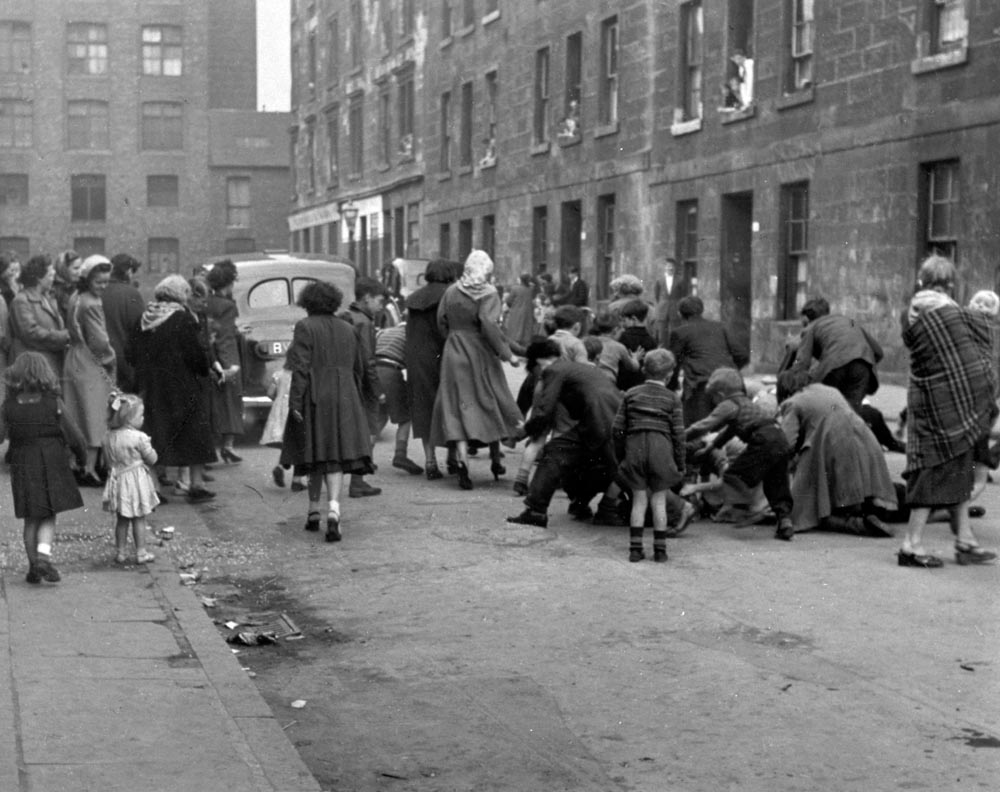
Superstitions and Good Luck Customs
The Blackening: A Messy (and Hilarious) Pre-Wedding Ritual
In some rural areas, the bride and groom undergo a “blackening,” where friends cover them in soot, feathers, flour, or treacle before parading them through the streets. This messy ordeal is believed to ward off evil spirits and test the couple’s resilience before marriage.
Carrying the Bride Over the Threshold
A common superstition in Scotland (and beyond) is that the groom should carry the bride over the threshold of their home to protect her from evil spirits lurking in the doorway.
Wearing a Sprig of Heather for Luck
Scottish brides often tuck a sprig of white heather into their bouquet, as it is thought to bring good luck and prosperity. Some couples also include a Scottish thistle, either in their lapels or in their decorations.

The Departure and After-Wedding Traditions
Piping the Couple Out
Bagpipes play a significant role in Scottish weddings, and it’s customary for a piper to lead the newlyweds from the ceremony, creating a grand and emotional moment.
The Creeling of the Bride and Groom
In some parts of Scotland, the groom (or both the bride and groom) carries a creel (a basket) filled with stones. If the bride removes some of the stones, it symbolizes her willingness to share the burdens of marriage, strengthening their bond.

The Hogmanay Connection
In the olden days Scottish weddings often took place near the New Year, as Hogmanay (Scottish New Year’s Eve) is associated with renewal and good fortune. The “First-Footing” tradition, where the first visitor after midnight brings gifts for luck, is sometimes adapted for weddings, with a chosen guest presenting symbolic gifts to the newlyweds.
A Wedding Steeped in Tradition and Romance
Scottish weddings are a beautiful mix of history, symbolism, and joyful celebration. Wether it’s the rich sound of bagpipes, the timeless handfasting ceremony, or the high-energy ceilidh dancing, these traditions add meaning and character to any wedding.
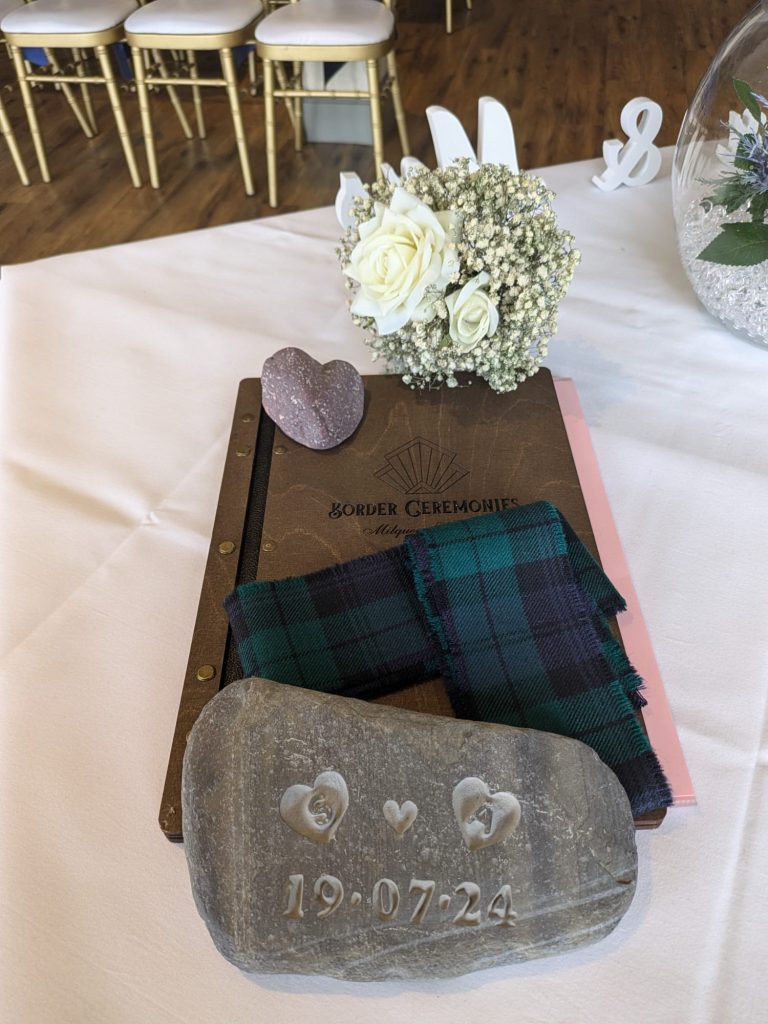
Many modern couples choose to incorporate elements of Scottish heritage into their big day, whether they have Scottish ancestry or simply appreciate the depth of these customs. So even if you’re planning a grand Highland gathering or an intimate ceremony with a Scottish twist, these traditions will undoubtedly make your wedding a day to remember.
Are you including any Scottish traditions in your wedding?

